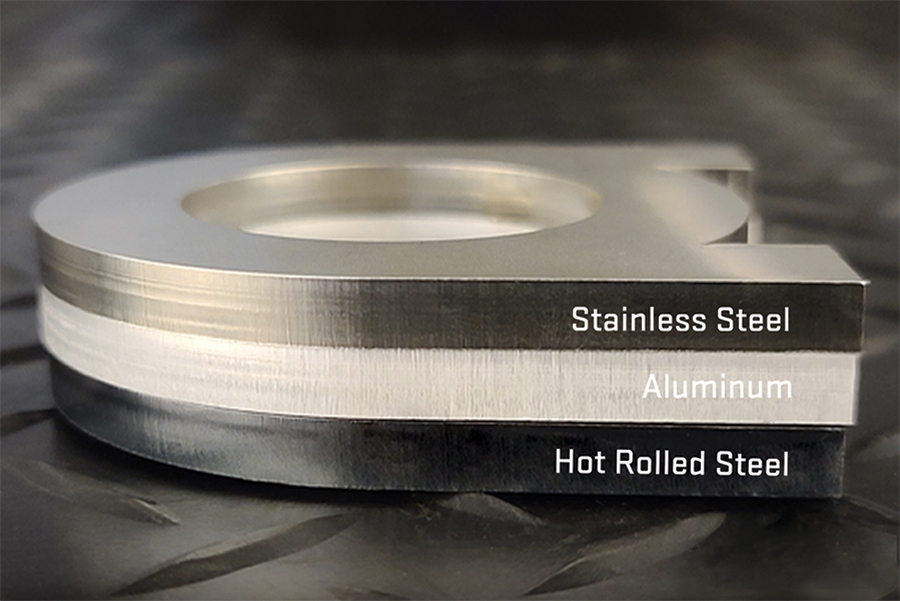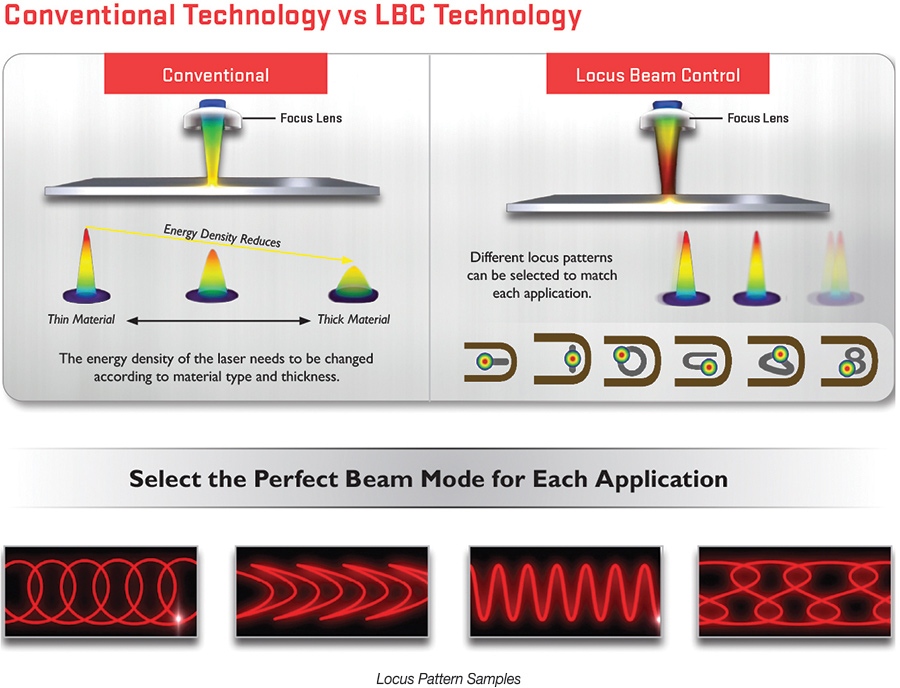uring the space race in the 1960s, Robert Gilruth, the head of the Space Task Group at Langley Research Center, asked mathematicians to look beyond the numbers. When it comes to choosing a new fiber laser, Dustin Diehl, laser division product manager for AMADA AMERICA INC., is asking manufacturers to do likewise. The metalforming equipment builder introduced the 4 kW VENTIS 3015 AJ series fiber laser to the U.S. market in January 2020. Steady sales have followed that launch.
“It’s easy to get hung up on wattages,” notes Diehl. “Customers will tell us they need a faster fiber laser to cut thicker material. We’re able to show them a machine that with just 4 kW of power can perform at a level usually reserved for 6 kW or 8 kW systems.”

The VENTIS is the first fiber laser to be equipped with AMADA’s LBC technology. It works in tandem with another new development—a high-brightness, single module 4 kW fiber laser oscillator. “It’s a new standard for laser profiling,” Diehl claims. “Instead of combining or stacking modules, we use higher power diodes in our modules. It’s a simpler, more powerful and efficient beam delivery system.”

 Locus Beam Control is the latest and most advanced technology for laser profiling.
Locus Beam Control is the latest and most advanced technology for laser profiling. 
In addition to kerf control, the VENTIS boosts productivity and enhances edge quality. The fiber laser can function as a stand-alone unit or be fitted for automation.
“All of our fiber lasers are automation ready,” says Diehl. “Our flexible format makes it possible for a customer to add automation at any time. They can start with a simple load/unload, add a tower and later robots if an operation requires it.”

“We’re scheduling virtual demonstrations,” says Diehl. “We will cut the materials they use on the VENTIS [or other fiber laser models] and then ship the parts back to them before the demonstration. We want them to be able to hold the parts in their hands so that when we talk about dross-free cutting or edge quality, they can see it for themselves.
“When it comes to fiber laser technology and what it takes to get the job done, the industry has thrown down the gauntlet,” he adds. “We want to accept that challenge.”